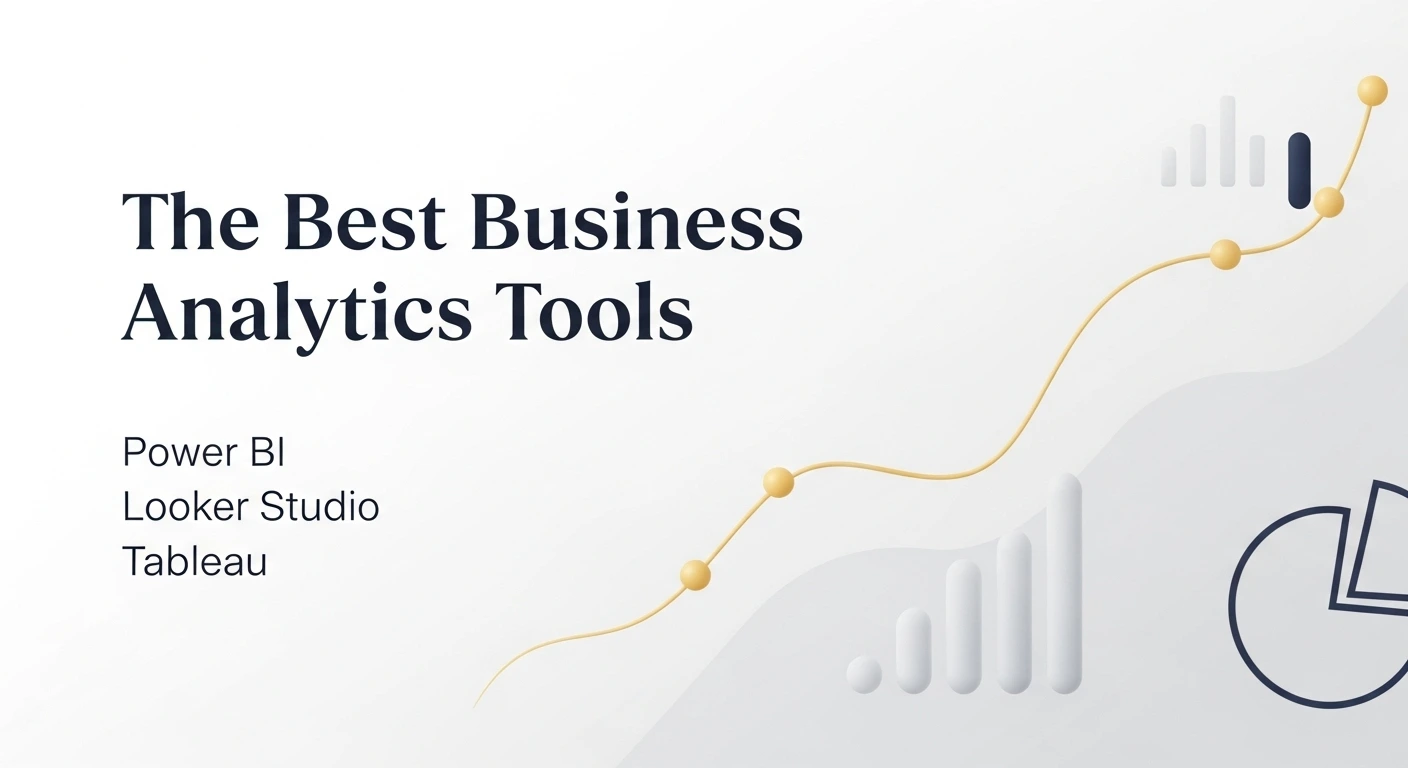Introduction
The amount of data that is being created and collected every day is staggering. A zettabyte is 1 trillion gigabytes. In other words, the amount of data that is being created is growing at an exponential rate. So what is Big Data?
Big Data is a term that is used to describe the large and ever-growing volume of data that is being created. Big Data is important because it can be used to help organizations make better decisions. With so much data at their disposal, organizations can use Big Data to analyze trends and patterns. This can help them make better decisions about products, services, and even marketing strategies. This article on big data interview questions would help you to crack the interview confidently.
Big Data is also important because it can help organizations improve their operations. For example, by analyzing data about customer behaviour, organizations can improve their customer service. By analyzing data about how their systems are used, organizations can improve their system efficiency. There are many different ways to collect and use Big Data. Some of the most common methods include data mining, data analytics, and data visualization. Data mining is the process of extracting valuable information from large data sets. Data warehousing is the process of storing data in a central location so that it can be accessed and analyzed. Data integration is the process of combining data from different sources into a single data set. Data cleansing is the process of cleaning up data to make it easier to analyze. Data mining is the process of extracting valuable information from large data sets. Big Data is a big challenge for organizations, but it also presents a big opportunity. By using Big Data, organizations can improve their operations and make better decisions.
Top 10 Big Data Interview Questions in 2024
This post looks at some common questions that a Big Data interview questions would entail:
1. What is Big Data?
Big data is a term for data sets that are too large or complex for traditional data-processing applications to handle. Big data can be described in three dimensions: volume, variety, and velocity. Volume refers to the sheer size of the data. The data set may be too large to fit on one computer or to be processed by one application. Variety refers to the different types of data in the set. The data may include text, images, audio, and video. Velocity refers to the speed at which the data is generated and changes. The data may be generated by sensors, social media, or financial transactions.
2. What are the characteristics of big data?
- The three dimensions of big data are volume, variety, and velocity. Volume refers to the sheer size of the data.
- The data set may be too large to fit on one computer or to be processed by one application. Variety refers to the different types of data in the set.
- The data may include text, images, audio, and video. Velocity refers to the speed at which the data is generated and changes.
- The data may be generated by sensors, social media, or financial transactions.
3. What are some of the challenges of big data?
- Volume refers to the sheer size of the data.
- The data set may be too large to fit on one computer or to be processed by one application. Variety refers to the different types of data in the set.
- The data may include text, images, audio, and video. Velocity refers to the speed at which the data is generated and changes.
- The data may be generated by sensors, social media, or financial transactions.
4. How is big data being used?
Big data is being used in a variety of ways, including: To improve business decisions To improve customer service To understand customer behaviour To understand the behaviour of social media users To improve marketing campaigns To improve product design To understand the behaviour of patients To improve healthcare outcomes To improve the efficiency of government operations To improve the accuracy of scientific research To improve the security of computer systems
5. How would you go about a Data Analytics Project?
A candidate must know the five key steps to an analytics project:
- Data Exploration: Identify the core business problem. Identify the potential data dimensions that are impactful. Set up databases (often using technologies such as Hadoop) to collect ‘Big data’ from all such sources.
- Data Preparation: Using queries and tools, begin to extract the data and look for outliers. Drop them from the primary data set as they represent abnormalities that are difficult to model/predict.
- Data Modelling: Next start preparing a data model. Tools such as SPSS, R, SAS, or even MS Excel may be used. Various regression models and statistical techniques need to be explored to come up with a plausible model.
- Validation: Once a rough model is in place, use some of the later data to test it. Modifications may be made accordingly.
- Implementation & Tracking: Finally, the validated model needs to be deployed through processes & systems. Ongoing monitoring is required to check for deviations; so that further refinements may be made.
6. What kind of projects have you worked on?
This is one of the common big data interview questions.
Typically, a candidate is expected to know the entire life cycle of a data analytics project. However, more than the implementation, the focus should be on tangible insights that were extracted post-implementation. Some examples are:
- The sales data of an organization – Perhaps there was a problem regarding the underachievement of targets during certain ‘lean periods.’ How did you pin the outcome of the sale to influencing factors? What were the steps you took to ‘deflate’ the data for seasonal variations? Perhaps you then set up an environment to feed the ‘clean’ past data and simulate various models. In the end, once you can predict/pinpoint problem factors, what were the business recommendations that were made to the management?
- Another one could be considering production data. Was there a way to predict defects in the production process? Delve deep into how the production data of an organization was collated and ‘massaged’ to conduct modelling. At the end of the project perhaps some tolerance limits were identified for the process. At any point, if the production process were to breach the limits, the likelihood of defects would rise – thereby raising a management alarm.
The objective is to think of innovative applications of data analytics and talk of the process undertaken; from raw data processing to meaningful business insights.
7. What are some problems you are likely to face?
To judge how hands-on you are with data and technologies, the interviewer may want to know some of the practical problems you are likely to face and how you solved them. Below is a ready reckoner:
- Common Misspelling: In a big data environment there is likely to be common variations of the same spelling. The solution is to identify a baseline and replace all instances with the same.
- Duplicate Entries: Often a common problem with master data is ‘multiple instances of the same truth.’ To solve this, merge and consolidate all the entries that are logically the same.
- Missing Values: This is easy to deal with in ‘Big Data.’ Since the volume of records/ data points is very high, all missing values may be safely dropped without affecting the overall outcome.
8. What are your Technical Competencies?
Do your homework well. Read the organization profile carefully. Try to map your skill sets with those technologies that the company uses in terms of big data analytics. Consider speaking about these particular tools/technologies.
The interviewer will always ask you about your proficiency with big data and technologies. At a logical level, break down the question into a few dimensions:
- From the programming angle, Hadoop and MapReduce are well-known frameworks generated by Apache for processing large data set for application in a distributed computing environment. Standard SQL queries are used to interact with the data.
- For the actual modelling of the data, statistical packages like R and SPSS are safe bets.
- Finally, for visualization, Tableau and variants like Apache are industry highlights.
9. Your end-user has difficulty understanding how the model works and the insights it can reveal. What do you do?
Most big data analysts come from diverse backgrounds belonging in statistics, engineering, computer science, and business. It will take strong soft skills to integrate all of them onto a common page. As a candidate, you should be able to exhibit strong people and communications skills. An empathetic understanding of problems and acumen to grasp a business issue will be strongly appreciated. For a non-technical person, the recommended solution is not to have the Analyst delve into the workings of the model, instead focus on the outputs and how they help in making better business decisions.
10. What are some of the challenges associated with big data?
The challenges associated with big data include the following:
• Managing large volumes of data
• Managing data that is unstructured or semi-structured
• Extracting value from data
• Integrating data from multiple sources
11. What are the three V’s of big data?
The three V’s of big data are volume, velocity, and variety. Volume refers to the amount of data. Velocity refers to the speed at which the data is generated. Variety refers to the different types of data.
12. What is Hadoop?
Hadoop is an open-source software framework for storing and processing big data sets. Hadoop is designed to handle large amounts of data and to process it quickly.
13. What is HDFS?
HDFS is the Hadoop Distributed File System. HDFS is a file system that is designed to store large amounts of data and to be used by MapReduce applications.
14. What is MapReduce?
MapReduce is a programming model for processing big data sets. MapReduce breaks a big data set into smaller pieces, processes the pieces in parallel, and then combines the results.
15. What is a reducer?
A reducer is a MapReduce function that combines the results of the MapReduce operation.
16. What is a mapper?
A mapper is a MapReduce function that breaks a big data set into smaller pieces.
17. What is YARN?
YARN is the Yet Another Resource Negotiator. YARN is a resource management system for Hadoop that was introduced in Hadoop 2.0.
18. What is Hive?
Hive is a data warehousing system for Hadoop that makes it easy to query and analyze big data sets. Learn more about What is Hive through this free online course.
19. What is Pig?
Pig is a data processing language for Hadoop that makes it easy to write MapReduce programs.
20. What is Sqoop?
Sqoop is a tool for transferring data between Hadoop and relational databases.
21. What is Flume?
Flume is a tool for collecting, aggregating, and transferring large amounts of data.
22. What is Oozie?
Oozie is a workflow scheduling system for Hadoop. Oozie can be used to schedule MapReduce, Pig, and Hive jobs.
23. What is Zookeeper?
Zookeeper is a distributed coordination service for Hadoop. Zookeeper is used to manage the configuration of Hadoop clusters and to coordinate the activities of the services that run on Hadoop.
24. What is Ambari?
Ambari is a web-based interface for managing Hadoop clusters.
25. What is HCatalog?
HCatalog is a metadata management system for Hadoop. HCatalog makes it easy to access data stored in Hadoop.
26. What is Avro?
Avro is a data serialization system for Hadoop. Avro allows data to be transferred between Hadoop and other systems.
27. What is Parquet?
Parquet is a columnar storage format for Hadoop. Parquet is designed to improve the performance of MapReduce jobs.
28. What is Cassandra?
Cassandra is a NoSQL database that is designed to be scalable and highly available. To learn more about the same, you can take up Cassandra Courses and enhance your knowledge.
29. What is HBase?
HBase is a columnar database that is designed to be scalable and highly available.
To conclude, Big Data Analytics as a domain is new and fast-evolving. There are no set rules or defined answers. A candidate, who is confident, alert, has an acumen for problem-solving, and has knowledge of some Big Data tools, will be a hot commodity in the jobs market.
Check out some of the free courses on Big Data






